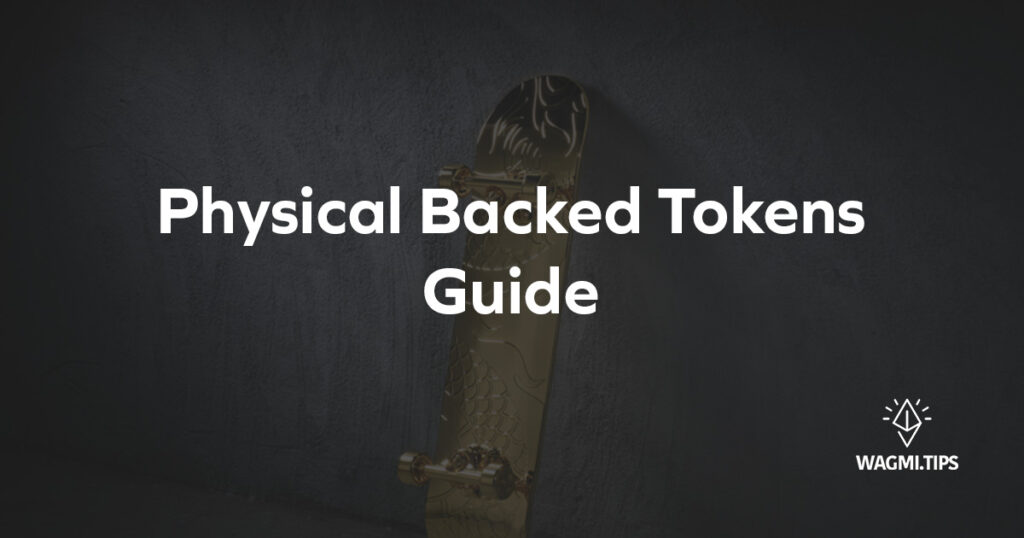The Complete Guide To Physical Backed Tokens (PBT)
Chiru Labs, the team behind the Azuki NFT collection recently released a new token standard known as physical backed tokens (PBTs). They claim that this innovation unleashes a new dimension to storytelling and that they are only at the tip of the iceberg. So, what are PBTs and do we actually need them?
Read on to find out more!

Table of Contents
What Are Physical Backed Tokens?
Prior to the introduction of PBTs, many entities have been using various methods to pair physical items to their digital collectibles. For example, VeChain uses blockchain technology to track items through the supply chain, while Beeple’s Human ONE is a digital video within a physical sculpture. However, these products have not been able to provide a tamper-proof link between the physical product and its record on the blockchain.
In light of this conundrum, Chiru Labs created their very own physical backed tokens. This open-source standard effectively allows creators to link physical items to NFTs on the Ethereum blockchain. While most physical items and their NFTs may decouple after a mint or a sale, PBTs allow decentralised authentication and tracking to be done completely on-chain. This means that anyone can use their phones to verify the ownership lineage of the physical item without going through a central server.
One immediate use case for this technology is the age-old issue of counterfeit products among luxury brands. Integrating cryptographic chips provides an attractive cost to reward ratio when it comes to luxury items such as handbags and sneakers. This technology can then be implemented among other brands that value authenticity, if and when the technology matures and the cost reduces significantly.
Azuki’s Physical Backed Token

Chiru Labs uses their very own cryptographic chip, the BEAN chip, to link its NFTs to their respective physical items. The BEAN chips are installed in each physical item, and are capable of self-generating asymmetric key pairs for the purpose of item verification. This experience is now known as ‘scan-to-own’, where buyers can scan the item using their mobile phones to initiate ownership transfer.
Azuki’s limited edition proof-of-skate board PBTs were released through auction on 21 October 2022, where @dingaling bagged the top golden skateboard for 309 ETH. These 45 lbs skateboards were custom-designed, precision-milled, and fully coated in 24K gold. On top of that, each of them depicts an exquisitely detailed golden dragon, along with one of nine unique emblems from the Azuki universe.
Aside from the 8 skateboards, there are also other PBTs in the collection such the Azuki X Ambush Hoodie PBTs. With the bridge between physical items and digital tokens being unlocked, the team plans to create more digital experiences moving forward. So stay tuned!

Challenges Of Implementing Physical Backed Tokens
Aside from the high cost of producing the chips, PBTs in the current form may pose some challenges. Firstly, there are more than a few products that may find it difficult to carry a cryptographic chip without sacrificing the original form. For instance, BlockBar may find it difficult to install tamper-proof chips on their liquor collection.
In addition, physical chips may be prone to damage or failure over time, which may render them useless relative to the longevity of their blockchain counterparts. There may be a need to provide physical maintenance services or replacements if PBTs are widely used in the future. This in turn will unleash a logistics difficulty in itself given that NFT communities are not geographically centralised.
Summary
While Azuki promises many more surprises through PBTs, anyone can create their own PBTs on the PBT website. This is where you can learn all about PBTs, engage in discussion and discourse, and ultimately build your own experiences on top of this token standard. You can also check out the original Ethereum Improvement Proposal (EIP) here.
